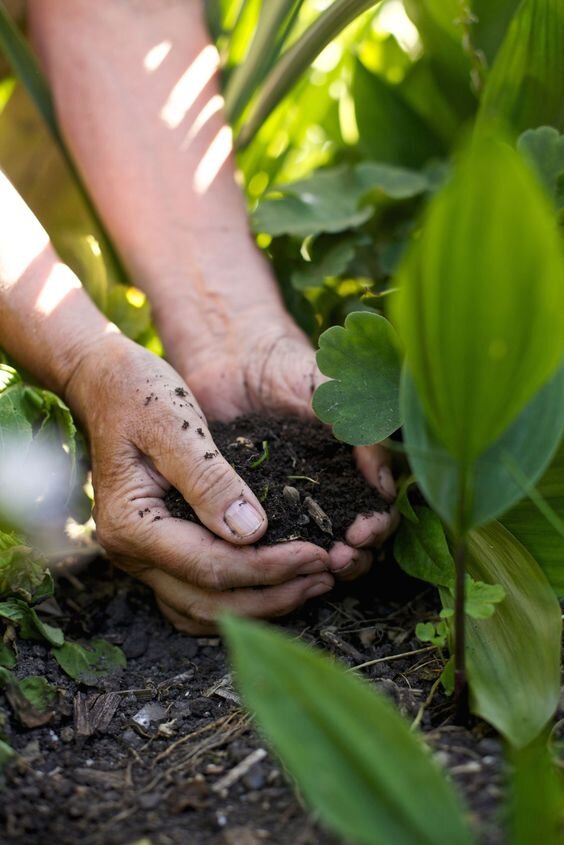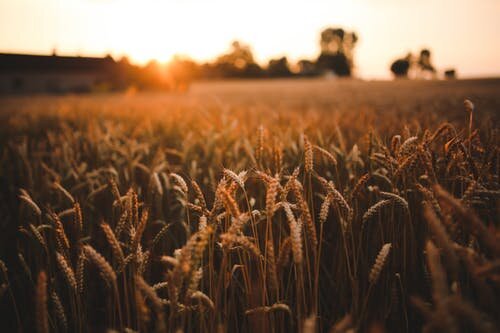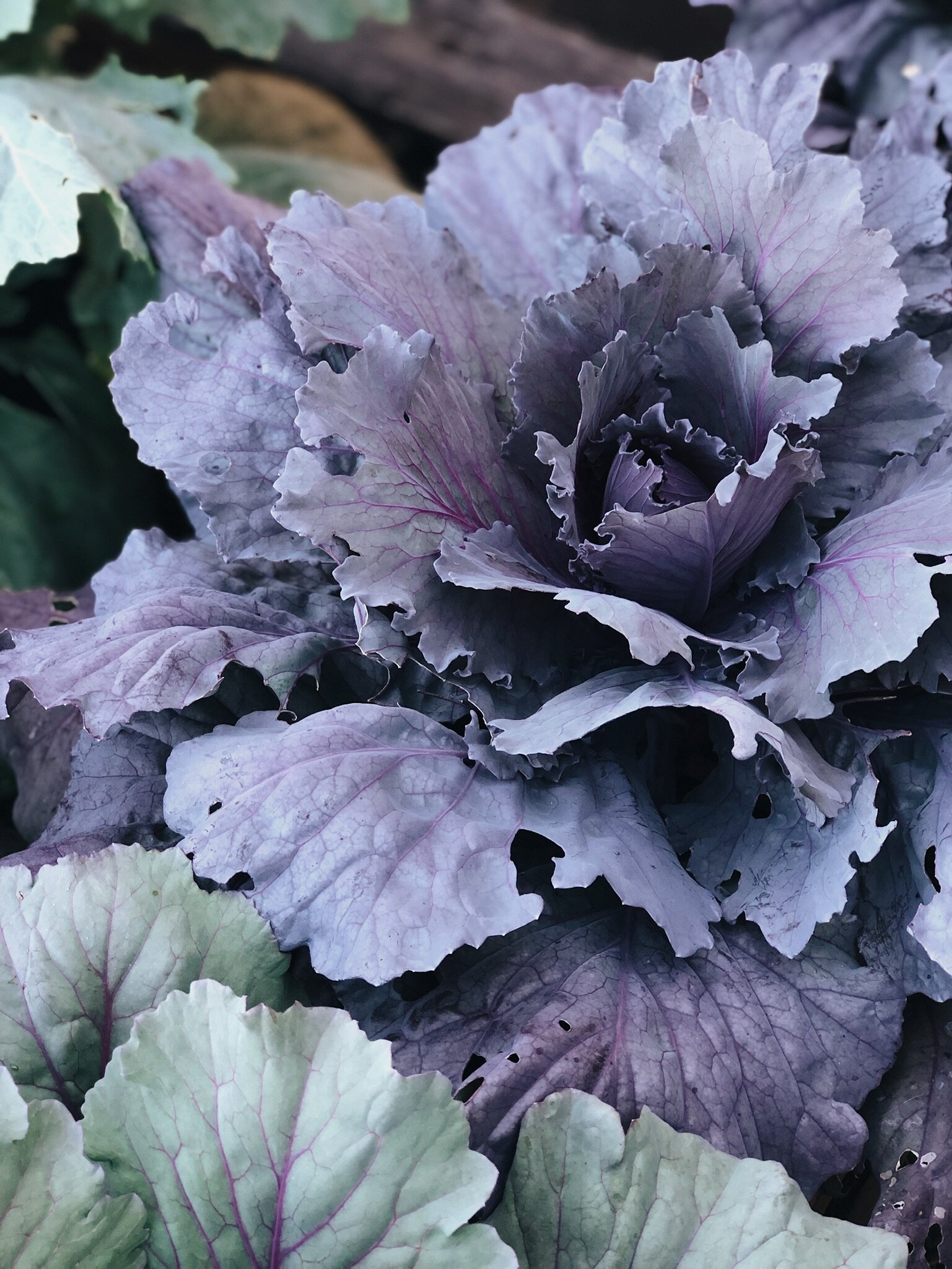Preparing Your Garden For Fall
It’s almost time… And you all know what we’re talking about… FALL. Cool, crisp temperatures, changing leaves, pumpkins, pansies, mums, and all things Autumn. And we have a few tips and tricks for you as you prepare your garden for this glorious Autumn season.
1. Clean out any summer vegetables and flowers that will not survive the season. Pull up the nonproductive vegetable plants and flowers that are no longer producing those gorgeous summer blooms and vegetables. This process can be bittersweet, but sometimes it’s necessary to make space and “clean” it for any future plants that are needing fresh new soil.
2. Compost what is not diseased and use for winter or next spring’s garden. You don’t have to throw those beautiful plants away and never see them again. In fact, you're able to put those in a bin and compost them for future use. Compost is GREAT for the soil and if you cover it with mulch, it adds much needed nutrients to your soil.
3. Even if you are not planting any vegetables or flowers for the fall, it’s very important to prepare your soil for the following year. Add an extra layer of compost and mix it in with the soil with a rake. It’s a great way to loosen your soil and prepare it for your future garden. This process also help to provide your soil with vital nutrients needed for your next crop. Because healthy soil means healthy plants.
Image via Gardening Know How
4. Plant a cover crop. Fall cover crops are another great way to put nutrients back into your soil while waiting for the spring and summer months to arrive again. Here is a great article specific to zone 7 on types of cover crops that you could plant in your garden.
Image via Pexels
But what should you plant in the Fall?
You can plant basically any cruciferous vegetable: cauliflower, broccoli, cabbage, beets, kale, turnips, and so much more! Here are the two ways you can do this:
Image via Fine Gardening
From seed.
If you’re starting from seed, it’s usually a bit more time consuming, but is cheaper. And it requires a bit of counting backwards from your frost date, which is usually provided on the back of the seed packet.
From transplant.
This option is usually much easier. You also don’t need to start quite as early, which is great if you haven’t already started on your Fall garden! Plus, let’s be honest, gardening in the fall is much nicer due to the cooler weather and nice breeze.
Thank you so much for joining us here. For more information on what Garden Valley Farmers Market is about, you can visit us here. If you’re wanting to visit with us, come by any of our five North Carolina locations. If you’re wanting to follow along with us, you can do so either on our Facebook, Youtube, or our Instagram. If you’re wanting to earn rewards and be easily connected with us, download our new App. And if you’re wanting to check out our other recipes and blog posts, or are needing more inspiration, follow us on our Pinterest. We’d love to have you join us in our journey of planting better, eating better, and living better.
Much love,
Your Garden Valley Farmers Market Team









